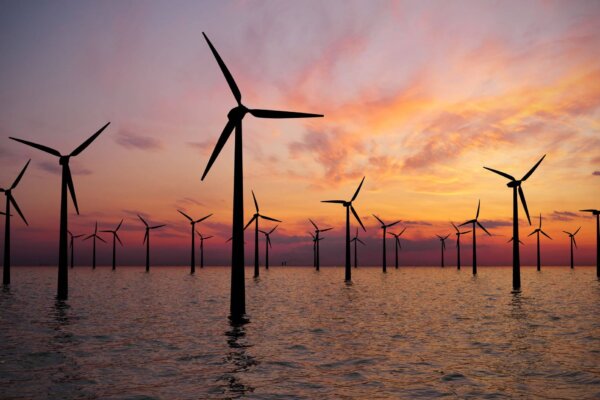The UK lost 2GW of grid capacity on 15th September, after a fire at National Grid’s IFA1 interconnector, which provides an important power link between France and Britain.
The outage came at a particularly difficult time, as the margin between electricity supply and demand was already tight due to a number of factors. This summer has been one of the least windy UK summers on record, which has reduced wind power generation. As it’s not been particularly sunny either, solar generation has also lowered, so we’ve had much less renewable generation than we would normally expect at this time of year. In addition, some power stations that usually provide capacity are currently offline, due to planned maintenance and servicing.
As a result, the UK has had to rely more heavily on gas and coal-fired power stations to make up the shortfall. However, a global shortage of Liquid Natural Gas (LNG) and historically low levels of gas in storage ahead of winter has caused gas prices to soar and the UK to rely on expensive imports. This pushed day-ahead electricity prices to record highs of £2,500 per MWh, compared to averages of £50 per MWh this time last year.
We know that many businesses will be concerned about rising prices as we move into the winter months, but there can still be real rewards available to businesses with demand flexibility; consumers can be paid for supporting the system in times of need, by shifting their usage away from the expensive periods. For example, we recently sold some of our customers’ energy back to the grid at peak auction price – which meant they generated revenue while also directly supporting the system. To find out more about the opportunities for businesses, read our blog.


